#Certhiidae
Text
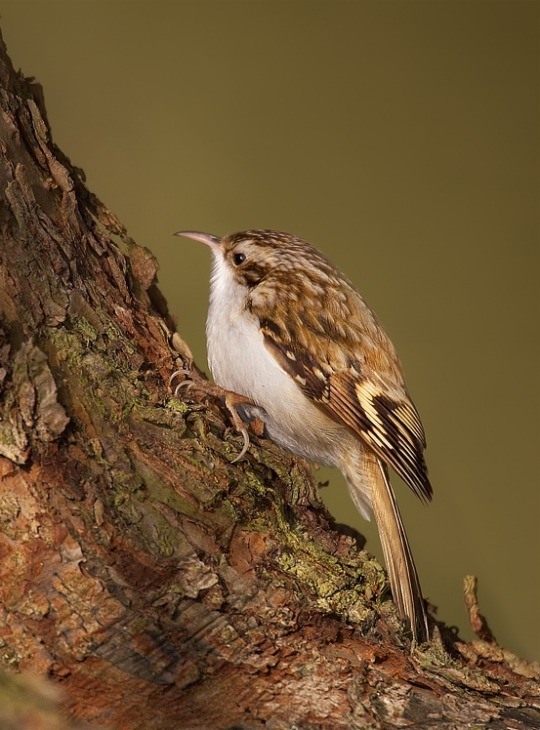
Eurasian Treecreeper (Certhia familiaris), family Certhiidae, order Passeriformes, Czeck Republic
photograph by Martin Mecnarowski
575 notes
·
View notes
Text
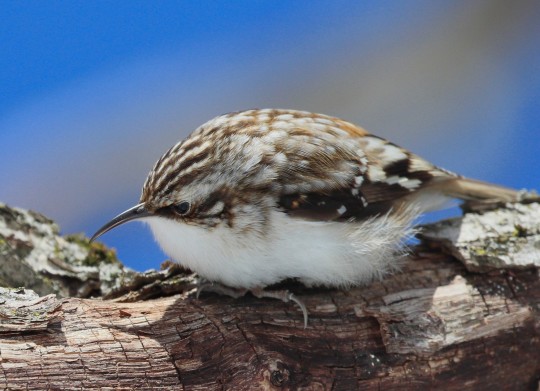
[1715/10977] Brown creeper - Certhia americana
Order: Passeriformes
Suborder: Passeri
Superfamily: Certhioidea
Family: Certhiidae (treecreepers)
Photo credit: Alain Robinson via Macaulay Library
918 notes
·
View notes
Text
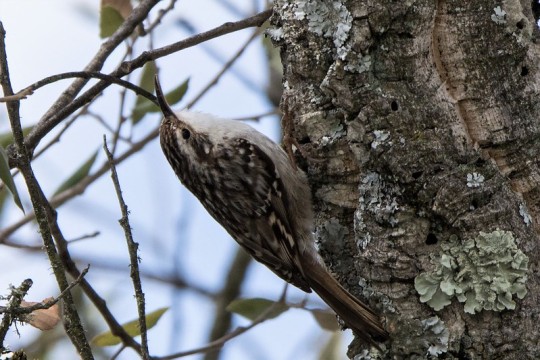
A short-toed treecreeper (Certhia brachydactyla) in Spain
by Barbara Evans
#short toed treecreeper#treecreepers#birds#certhia brachydactyla#certhia#certhiidae#passeriformes#aves#chordata#wildlife: spain
92 notes
·
View notes
Text
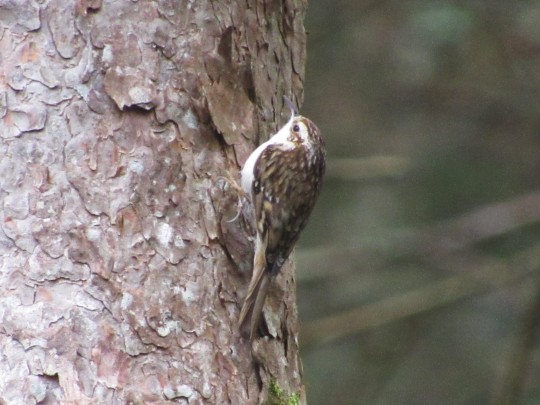
a eurasian treecreeper (certhia familiaris), ireland
#passeriformes#certhiidae#certhia#eurasian treecreeper#birds#birdwatching#bird photography#display flight#it's the EEPER!
6 notes
·
View notes
Photo

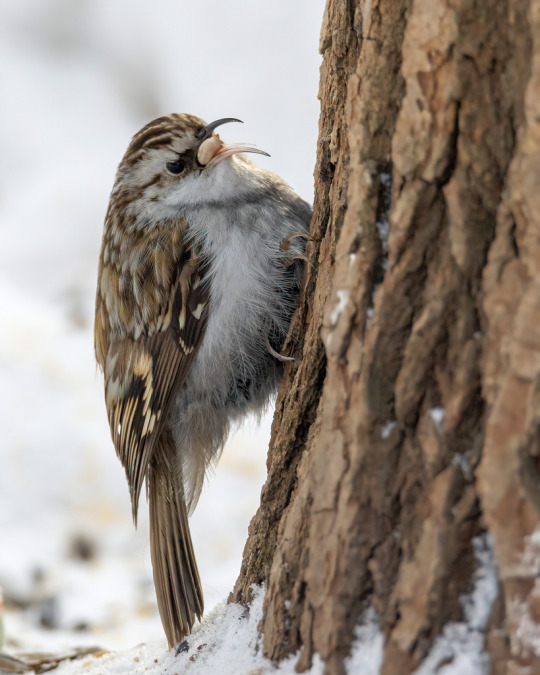
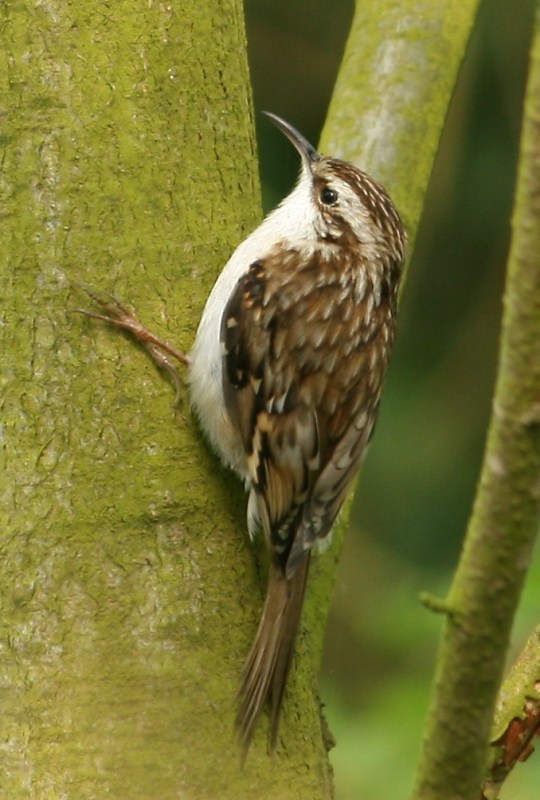
Creeping up on the Eurasian Treecreeper
requested by @crazychooklady
The eurasian treecreeper (Certhia familiaris), as its name implies, is a species of tree creeper found throughout both Europe and Asia, in deciduous and evergreen forests. There are between 9 and 13 subspecies distributed across the continents, each with slight variations on the same morphology: 12 to 15 cm long, with a 19 cm wingspan and a weight of only 10g. The head, back, wings, and tail are typically mottled brown and the underbelly is a fluffy white.
The most distinguishing feature of any eurasian treecreeper is its bill, which is long, thing, and slightly curved. This makes it an excellent tool to search under tree bark for their main food source: insects. In addition, their tail feathers are especially stiff to support them as they climb vertically up tree trunks to forage. C. familiaris has few predators, due to their arboreal lifestyle and the excellent camouflage their colouring provides. Their main threats come from great spotted woodpeckers (Dendrocopos major), least weasals (Mustela nivalis), and stoats (Mustela erminea), all of which will feed on eggs and hatchlings.
Like many passerine birds, the eurasian treecreeper is monogamous. The breeding season occurs between March and June, when food is most abundant. Males sing to attract a mate, and once a pair has formed they build a nest in the crevice of a tree. The pair will lay two clutches over the course of the breeding season, each with 1-6 eggs that the female incubates. These eggs only take about two weeks to hatch, and another two weeks to fledge and become fully independent. During this time, both parents feed their young but males spend more time defending the nest. The young become sexually mature at only a year old, and individuals in the wild typically only live for about two years.
None of the C. familiaris subspecies are migratory. However, some share territories with another treecreeper species, the short-toed treecreeper (Certhia brachydactyla). The song of eurasian treecreepers that live in these areas differs from those of their relatives; their young learn the songs of both species, and thus sing mixed songs as adults. In addition, although they do not form flocks of their own, many eurasian treecreepers will join mixed species groups as extra protection against predators.
Conservation status: The eurasian treecreeper is considered least concern by the IUCN, due to their large population and range. Habitat fragmentation and destruction for agricultural purposes are their largest threats, as they significantly increase predation risks.
Photos
Ryan Schaln (via eBird)
Dean Morley (via iNaturalist)
Dina Nesterkova (via iNaturalist)
#eurasian treecreeper#Passeriformes#Certhiidae#treecreepers#perching birds#birds#deciduous forests#deciduous forest birds#evergreen forests#evergreen forest birds#europe#asia#central asia#east asia#South Asia#animal facts#biology#zoology
85 notes
·
View notes
Text


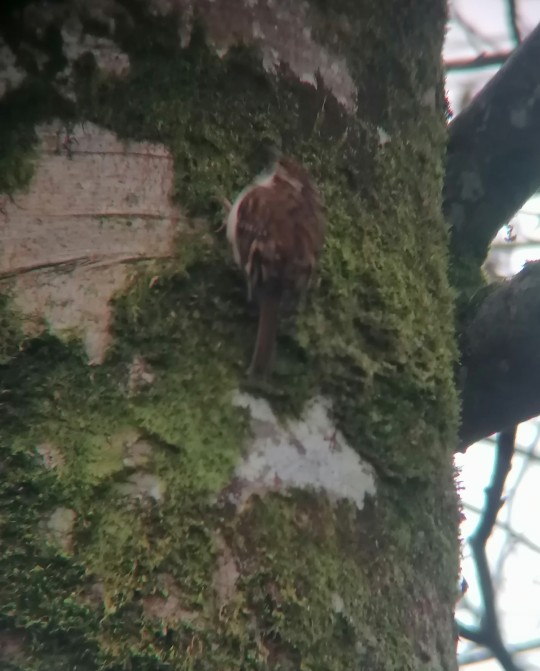
Eurasian Treecreeper (Certhia familiaris)
Coole Park, Co. Galway - 08-01-2024
6 notes
·
View notes
Text
Petite Teen Blackmailed For Swapping The Prices on items
Tranny from Brazil with a big ass fucks a guy anal
Diana Grace , Judy Jolie In Stepdaughter Makeover Muff
OOPS THE CUM DRIPPED OUT ~ CLOSE UP 69 BLOWJOB NO HANDS WITH CUM IN MOUTH
Big dick gay latino men jacking off my mouth and free naked man When
Tied up gagged slaves humiliated in public
Borracha manoseada
Horny GILF Willa P Gets her Cunt and Ass Drilled by a Cock!
olg slots and casinos sudbury
caliente cock coje disfruta esposa fuck latina mexicana mexico pareja puta sexo sexy swinger teen verga perrito
#synfuels#colt-pixie#wind-worn#firring#favuses#circumdenudation#duplication#Certhiidae#Serpula#stalin#alagadda#diversisporous#phantasmology#unclamorously#vanderwood#winter-beaten#tabashir#peroneus#Tuberculariaceae#thoughtful
0 notes
Text
Wallcreeper (Tichodroma muraria)

"Beautiful, magnificent look. And it climbs walls!"
"it has very very neat red wings that look cool"
There is some debate about where the Wallcreeper sits in the bird family tree, with early taxonomists placing it with treecreepers in Certhiidae, while others would like to place it within the nuthatch family Sittidae. Currently, the wallcreeper is in its own family, Tichodromidae, and genetic evidence suggests that it is more closely related to nuthatches.
Wallcreeper are territorial birds, separating after their breeding season to separate winter feeding grounds between the male and female. During this time, females will sing as often as male as a way to keep guard over their territory, though on the breeding grounds it is typically only the male who sings.
Sources:
Image Source: eBird ( Daniel Santos)
#in memoriam (joke)#Tichodroma muraria#wallcreeper#eurasian birds#asian birds#european birds#red-winged wall creeper
15 notes
·
View notes
Text
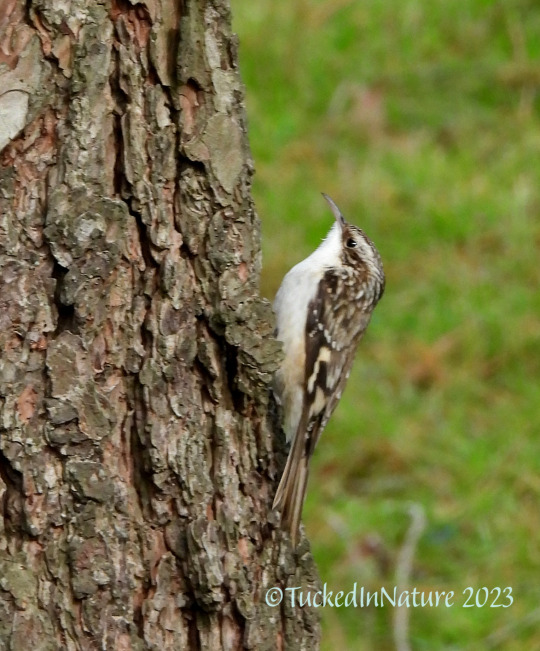
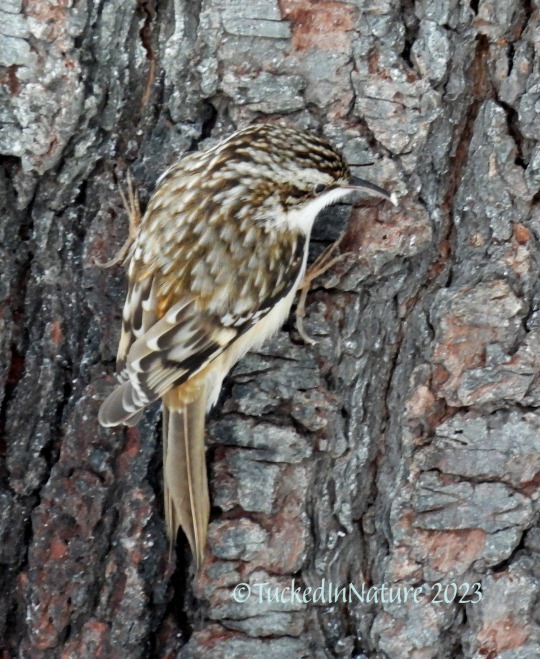
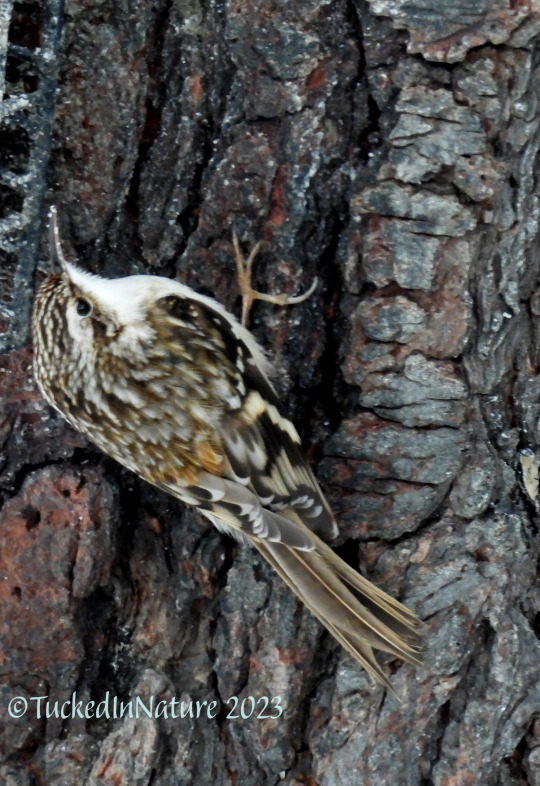

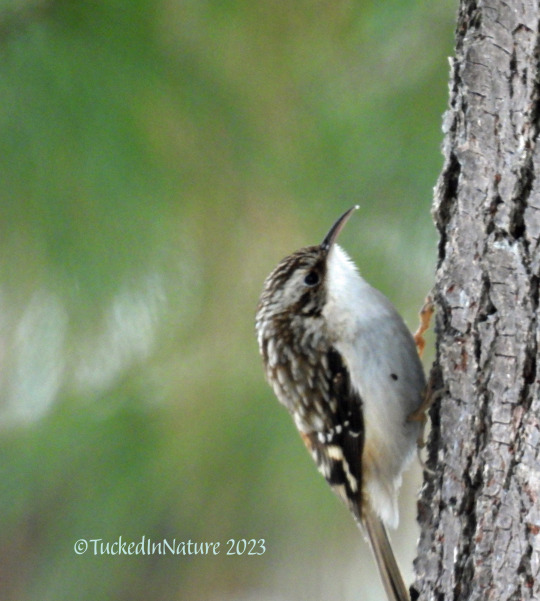

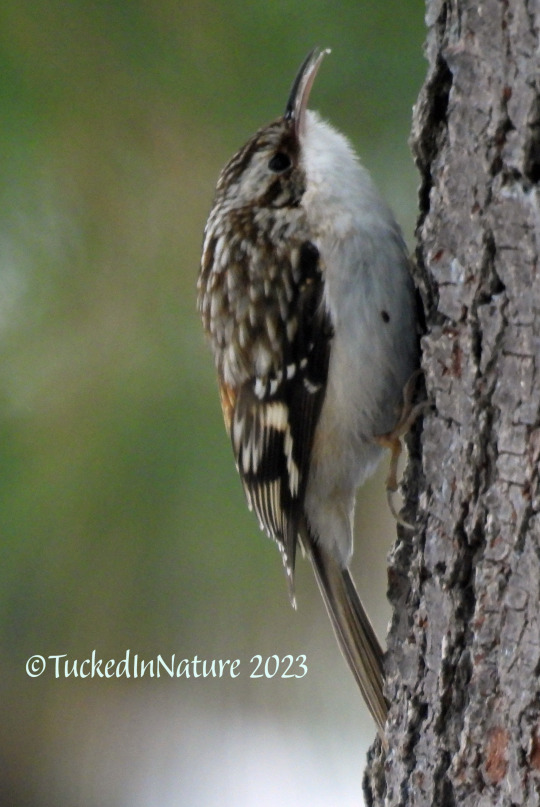
Picture(s) of the Day: Brown Creeper
Certhia americana
ORDER: Passeriformes
FAMILY: Certhiidae
Wintering birds in our area, they're one of the hardest for me to capture as they blend in so well with the trees that my camera has a hard time focusing on them. Or it could be my own eyesight. I love spotting and watching them.
Did you know (via CornellLab's All about Birds: The Brown Creeper builds a hammock-like nest behind a loosened flap of bark on a dead or dying tree. It wasn’t until 1879 that naturalists discovered this unique nesting strategy.
8 notes
·
View notes
Text
my 100 birds journey
All species of birds I’ve seen or heard this year:
Gaaviforms:
common loon
Anatidae:
Snow goose
Canada goose
Mallard duck
American black duck
Blue-winged teal
Wood duck
Hooded merganser
Common merganser
Phasianidae:
Ruffed grouse
Spruce grouse
Phalacrocoracidae:
Double-crested cormorant
Ardeidae:
Great blue heron
Cathartidae:
Turkey vulture
Accipitridae:
Bald eagle
Cooper’s hawk
Red-tailed hawk
Northern harrier (probable)
Falconidae:
Merlin
Peregrine falcon
Charadriidae:
Kildeer (heard only)
Scolopacidae:
Spotted sandpiper
Solitary sandpiper
Laridae:
Ring-billed gull
Herring gull
Columbidae:
Rock dove (pigeon)
Mourning dove
Trochilidae:
Ruby-throated hummingbird
Alcedinidae:
Belted kingfisher
Picidae:
Yellow-bellied sapsucker
Downy woodpecker
Hairy woodpecker
Northern flicker (golden form)
Pileated woodpecker
Passeriforms:
Tyrannidae:
Eastern wood-peewee
Alder flycatcher
Least flycatcher
Eastern phoebe
Great crested flycatcher (heard only)
Vireonidae:
Red-eyed vireo
Solitary vireo
Warbling vireo
Corvidae:
Blue jay
American crow
Common raven
Hirundinidae:
Purple martin
Tree swallow
Cliff swallow
Paridae:
Black-capped chickadee (hand-fed!!)
Sittidae:
Red-breasted nuthatch
White-breasted nuthatch
Certhiidae:
Brown tree-creeper
Troglodytidae:
House wren
Winter wren
Regulidae:
Ruby-crowned kinglet
Turdidae:
Veery
Swainson’s thrush
Hermit thrush
Wood thrush
American robin
Mimidae:
Gray catbird
Northern mockingbird
Sturnidae:
European starling
Motacillidae:
American pipit (possible, heard only)
Bombycillidae:
Cedar waxwing
Parulidae:
Tenessee warbler
Nashville warbler
Northern parula
Yellow warbler
Chestnut-sided warbler
Magnolia warbler
Cape May warbler
Black-throated blue warbler
Yellow-rumped warbler
Black-throated green warbler
Blackburnian warbler
Pine warbler
Black and white warbler
American redstart
Ovenbird
Northern waterthrush
Common yellowthroat
Canada warbler
Emberizidae:
Chipping sparrow
White-throated sparrow
White-crowned sparrow
Dark-eyed junco (slate-colored)
Song sparrow
Lincoln’s sparrow (probable)
Swamp sparrow
Savannah sparrow
Cardinalidae:
Northern cardinal
Rose-breasted grosbeak
Icteridae:
Bobolink
Red-winged blackbird
Common grackle
Fringilidae:
Purple finch
House finch
American goldfinch
Passeridae:
House sparrow
3 notes
·
View notes
Text

Rusty-flanked Treecreeper (Certhia nipalensis), family Certiidae, order Passeriformes, Sikkim, India
photograph by Sujit Mondal
412 notes
·
View notes
Text
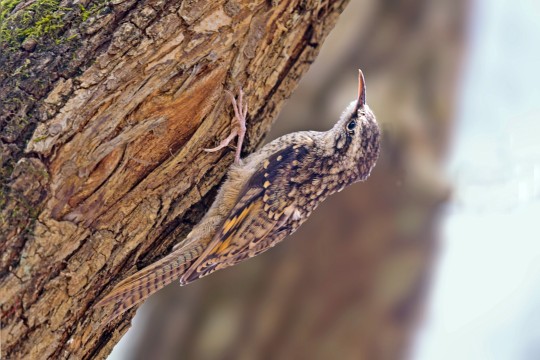
[659/10,977] Bar-tailed Treecreeper - Certhia himalayana
Order: Passeriformes
Suborder: Passeri
Superfamily: Certhioidea
Family: Certhiidae (treecreepers)
Photo credit: Rajkumar Das via Macaulay Library
#birds#Bar-tailed Treecreeper#Passeriformes#Passeri#Certhioidea#Certhiidae#Certhia#birds a to z#undescribed#0% - 25%
36 notes
·
View notes
Text
Pasari - Cojoaică de pădure - Certhia familiaris
Pasari – Cojoaică de pădure – Certhia familiaris
Habitat si cateva informatii
Cojoaica de pădure (Certhia familiaris) este o pasăre mică, adaptată vieții în pădurile de foioase și mixte, unde se hrănește cu insecte mici pe care le găsește în scoarța copacilor. Face parte din familia Certhiidae, grup care include și alte specii de păsări ce se hrănesc într-un mod similar.
Această pasăre are o…
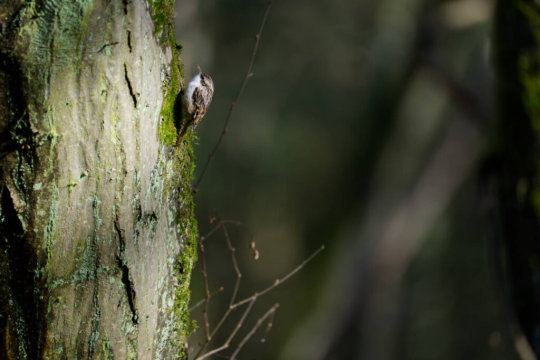
View On WordPress
0 notes
Photo
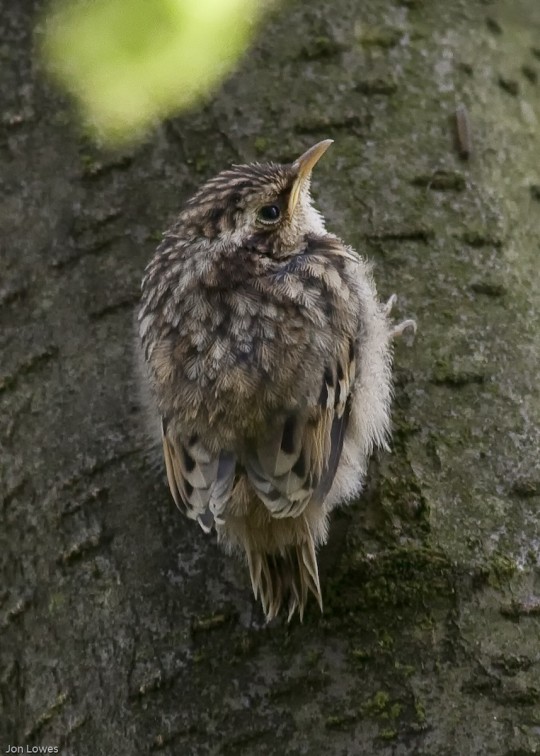
Eurasian Treecreeper (Certhia familiaris)
© Jon Lowes
191 notes
·
View notes
Note
may I please request treecreepers or nuthatches?
Absolutely! Nuthatches are some of my favourite birds-- I love the way they hop down tree trunks. If there are any species in particular you’d like to see, let me know!
8 notes
·
View notes
Photo
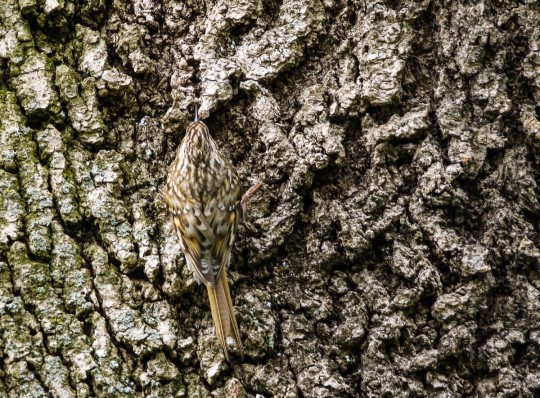
Eurasian Treecreeper (Certhia familiaris)
© Eric francois Roualet
116 notes
·
View notes